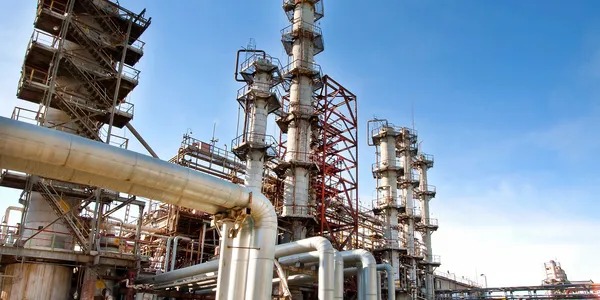Steel structural design has become one of the most essential elements in modern construction, providing both strength and flexibility to a wide range of structures. From towering skyscrapers to bridges and industrial buildings, steel is a versatile material that offers unparalleled durability, sustainability, and efficiency. The process of steel structural design involves careful planning and engineering to ensure that the final product can withstand the forces and stresses it will encounter over its lifespan.
One of the key advantages of steel in construction is its high strength-to-weight ratio. Steel structures can support heavy loads while remaining relatively lightweight, making them ideal for projects that require large spans and minimal support. For example, in skyscraper construction, steel provides the structural integrity needed to support multiple floors without compromising the building's overall weight. Structural engineers use advanced analysis and design techniques to calculate load-bearing capacities, ensuring that steel components are properly sized and placed to distribute forces evenly.
Steel structural design also offers significant flexibility in terms of aesthetic possibilities. Unlike traditional materials such as concrete or wood, steel can be molded and fabricated into a variety of shapes and sizes. This allows architects and designers to create innovative and visually striking structures that push the boundaries of conventional design. Whether it’s the sleek lines of a modern office building or the sweeping curves of a sports arena, steel can accommodate both functional and artistic design goals, offering limitless possibilities for creativity.
The process of steel structural design typically begins with understanding the project’s requirements, such as load demands, environmental factors, and the desired aesthetic. Engineers use software tools like AutoCAD and structural analysis programs to create detailed blueprints and simulations. These tools help visualize how the steel components will interact with one another and ensure that the structure can withstand external factors like wind, seismic activity, and temperature changes. This meticulous design process is critical in ensuring the safety and longevity of the final structure.
Sustainability is another important aspect of wood structural design. Steel is highly recyclable, making it an environmentally friendly option for construction. Steel components can be reused in future projects, reducing the need for new materials and minimizing waste. Additionally, steel structures can be designed to be energy-efficient, with features like thermal insulation and natural lighting incorporated into the design. This makes steel an attractive option for projects seeking to meet sustainability standards and reduce their environmental impact.
In conclusion, steel structural design is a fundamental part of modern construction that combines strength, flexibility, and sustainability. Through careful planning, advanced technology, and innovative design, steel enables the creation of durable, safe, and visually stunning buildings and infrastructure. As cities continue to grow and evolve, steel will remain a key material in shaping the future of architecture and construction, providing the foundation for the structures that define our modern world.






Comments